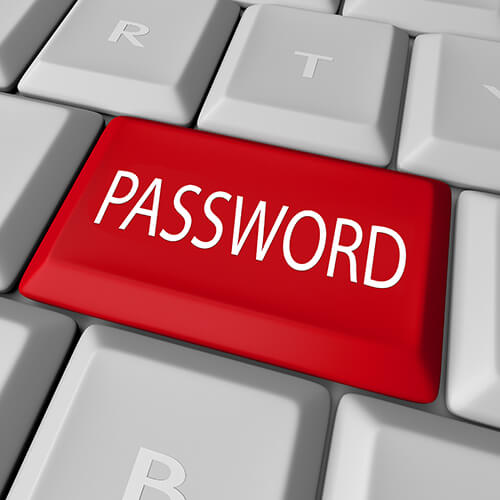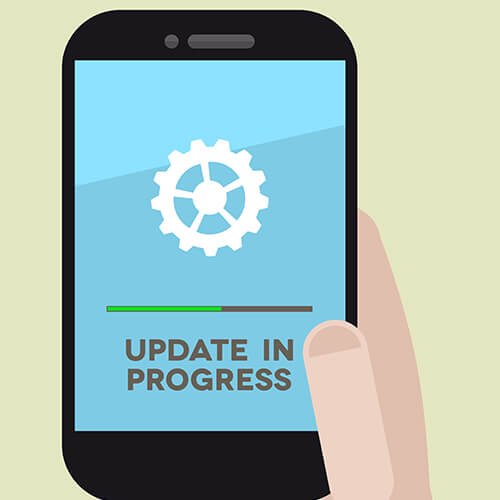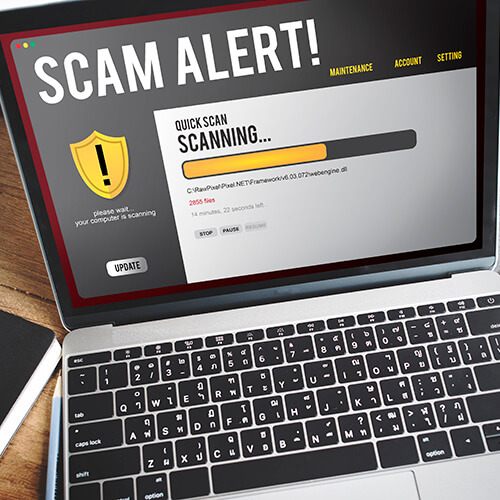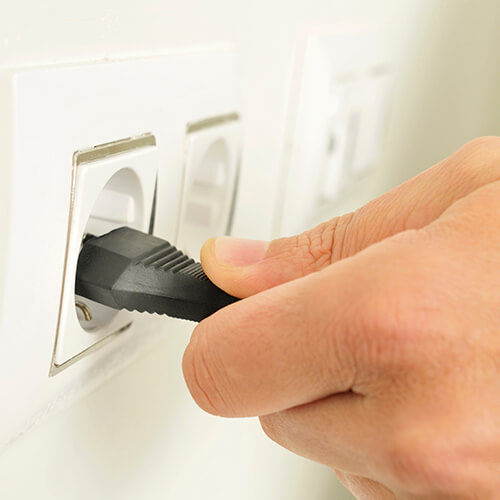
Are Your Smart Appliances Putting You at Risk?
May 11, 2018 | Appliance Safety Advice & Recalls | General Appliance Care & Advice | No comments
There’s no denying smart appliances make life easier! You can see what’s in your fridge while out at the supermarket, tell your oven what to cook through voice activation and even control your lighting, all from your mobile phone!
Internet-connected devices can make your home even smarter. They can control locks and sensors which secure your home, activating when your phone drops out of range.
But smart appliances have a dark side. What comes with an internet connection, comes with potential hackers. No matter how secure you think your devices are, one slight flaw in your smart home could cost you. Hackers could even get into your lighting system and be able to find the password to your router and gain control of your devices or worse, your bank account.
But, before you unplug all your devices and get your tinfoil hat out, there are some ways you can ensure your smart home is secure and your privacy is protected.

Change Your Passwords
Research from Which? suggests it takes hackers just 20 minutes to hack a default password. However tempting it may be to choose one memorable word and use it for all your devices, this can make you vulnerable to hackers. Names of family, pets or a date of birth can be easily guessed by hackers and if you have the same one for everything in your home, it puts all your devices at risk. It’s far better to have a separate password for each device. Choose one with jumbled letters and numbers which can be difficult to guess and keep your devices secure.
Update Your Software
As annoying as update reminders can be, they are actually keeping your device safe. Hackers are forever finding new ways to hack into devices, so updates install new software that blocks their access. Most devices update automatically, but it’s worth checking if yours has the latest software installed.


Complete the Set-Up
Smart appliances have some features that you may not need to use. But, make sure you set them up anyway. Some devices have their own Wi-Fi connection during set up which is likely not to be as secure as your own. By leaving your device connected to a separate Wi-Fi, you may be making it extremely vulnerable to hackers.
Keep Devices Out of Sight
Voice-controlled devices that activate on command could easily be hacked just with someone’s voice. If your appliance is close to a window or is easily visible from the street, hackers could order items or retrieve details just by simply taking to it. These could even be used to disable smart locks or security cameras. Keep your device where it can’t be seen or turn off voice purchasing. Some devices, however, can recognise who is talking to it and can be set not to listen to strangers, so it’s worth checking your manual.


Unplug Devices When Not in Use
Devices with inbuilt cameras such as TV’s or laptops should be switched off and unplugged when not in use. If they are disconnected, hackers won’t be able to get through.
Read the Fine Print
With any new device, you should always read the manual to see how secure they are and if the manufacturer will be collecting any data. Keep up to date with reviews and news briefs on technology sites to always be in the know.

With smart devices becoming more and more popular, it’s predicted that 75.4 billion connected devices will be in the world by 2025, that’s 10 for every person on the planet!
To ensure your smart home hub is safe and secure, take a look at the advice from Which? on how to buy the best smart home hub.
Tags: Home Safety, Smart Appliances

